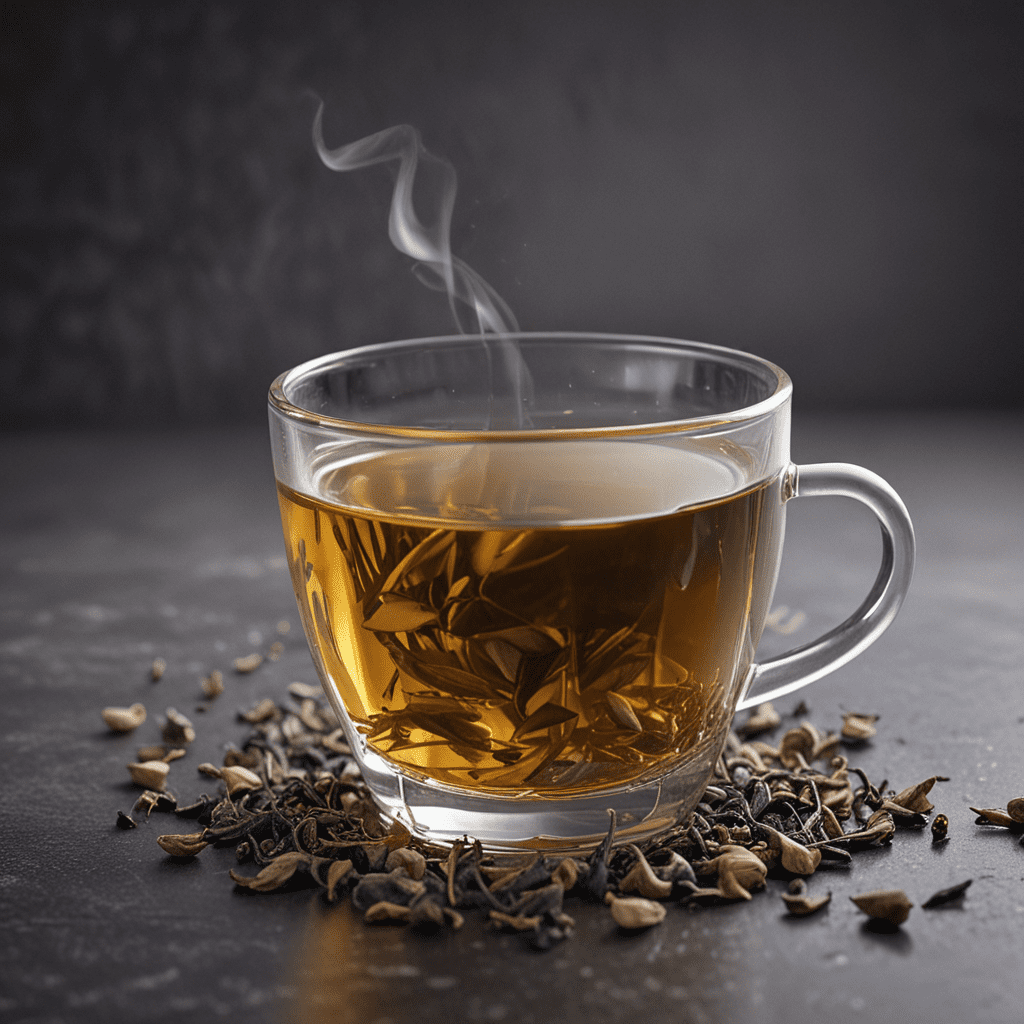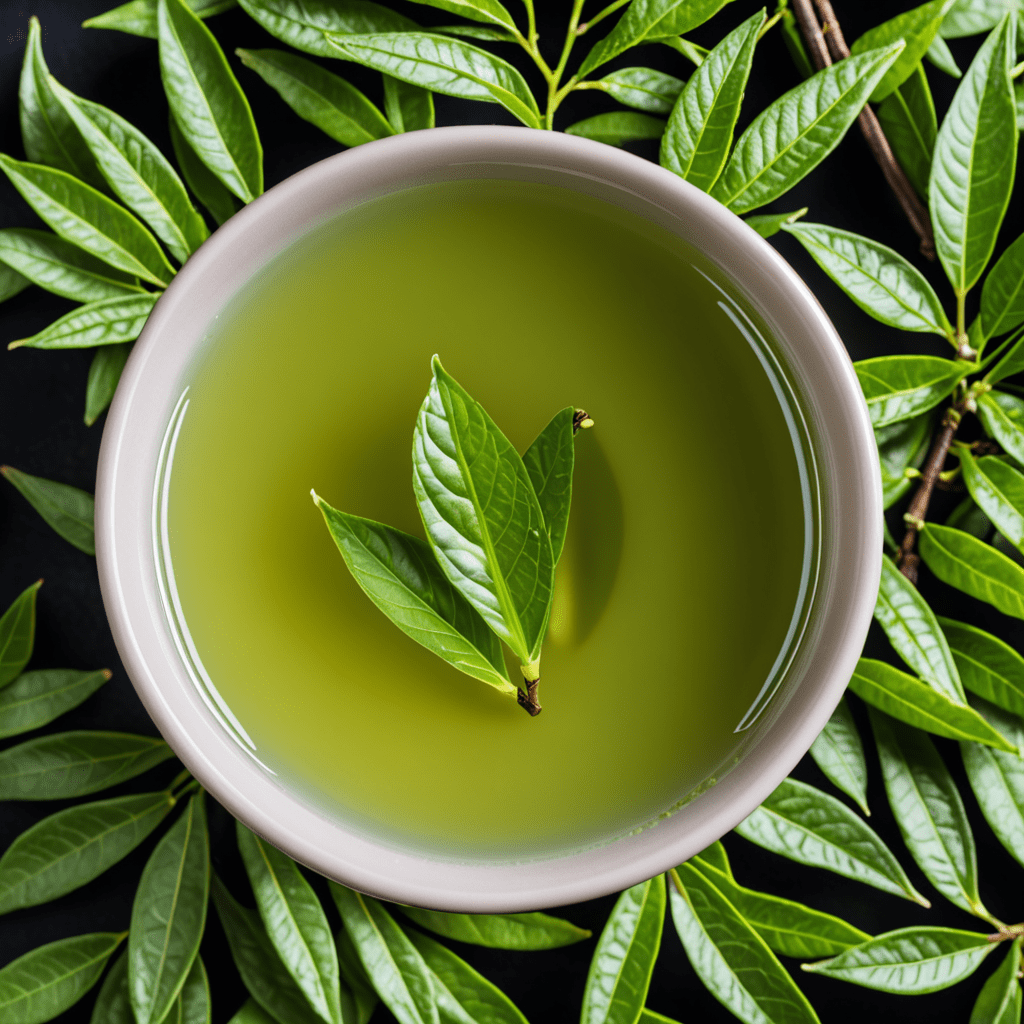
Chai Tea: The Art of Brewing the Perfect Cup
1. Introduction: The History and Cultural Significance of Chai
Chai tea, an aromatic blend of black tea, spices, and milk, has a rich history deeply rooted in Indian culture. Originating thousands of years ago as a traditional Ayurvedic beverage, chai has evolved into a beloved drink enjoyed worldwide. Its comforting warmth and invigorating flavors have made it a staple in many households and a popular choice at cafés.
2. Selecting High-Quality Ingredients: The Importance of Tea Leaves and Spices
The foundation of a great cup of chai lies in the quality of its ingredients. Choose loose-leaf black tea for optimal flavor and aroma. Assam or Darjeeling teas are excellent choices, known for their robust body and malty notes. For the spice blend, freshly ground spices are ideal, as they release their full fragrance. Commonly used spices include cardamom, ginger, cinnamon, cloves, and nutmeg.
3. Choosing the Right Equipment: Essential Tools for Brewing
The brewing method influences the taste and texture of chai. A traditional clay or stainless steel pot is preferred for its heat retention and even distribution. A fine-mesh strainer or cheesecloth is necessary for straining the brewed tea. Additionally, a milk frother or small whisk will help create a creamy froth.
4. Measuring the Ingredients: Precision for Optimal Flavor
Precision in measuring the ingredients is crucial for achieving the perfect balance of flavors. A general rule is to use 2 teaspoons of loose-leaf tea, 1 teaspoon of the spice blend, and 1 cup of milk for each serving. Adjust these measurements to suit your taste preferences.
5. Preparing the Milk: Types of Milk and Milk Substitutes
The choice of milk can significantly impact the taste and texture of chai. Whole milk provides a rich, creamy flavor, while skim milk offers a lighter option. Non-dairy milk alternatives, such as almond milk or soy milk, can be used for a vegan-friendly or dairy-free chai.
6. Simmering and Straining: The Brewing Process Step-by-Step
Place the measured tea leaves and spices in the brewing pot. Add cold water and bring to a boil over medium heat. Reduce heat to low and simmer for 5-7 minutes, or until the tea has reached your desired strength.
Remove the pot from the heat and strain the brewed tea into a separate pot or serving vessel. Use a fine-mesh strainer or cheesecloth to ensure a smooth, sediment-free chai.
7. Sweetening the Chai: Options and Techniques
The sweetness of chai can be adjusted to personal preference. Traditional Indian chai is often sweetened with jaggery, a natural unrefined sugar. Honey, maple syrup, or sugar can also be used.
Add the sweetener of your choice after the tea has been brewed and strained. Stir or whisk until dissolved. Alternatively, you can prepare a sugar syrup by dissolving sugar in a small amount of water and adding it to the chai.
8. Garnishing and Serving: Presentation and Sensory Enhancement
Garnish your chai with a sprinkle of ground cardamom or cinnamon for added flavor and aroma. Pour the chai into serving cups and top with frothed milk, creating a creamy layer.
Traditionally, chai is served in small, handleless cups called kulhads. These cups keep the chai warm and enhance the sensory experience of drinking it. Alternatively, you can use regular teacups or mugs.
9. Troubleshooting Common Problems: Tips for Success
Tea is too weak: Increase the brewing time or use more tea leaves.
Tea is too strong: Decrease the brewing time or use fewer tea leaves.
Chai is not creamy enough: Use whole milk or froth the milk more vigorously.
Chai separates: Bring the milk to a gentle boil before adding it to the brewed tea. Strain the chai through a fine-mesh strainer to remove any sediment.
10. Conclusion: The Joy of Brewing and Savoring Chai
Brewing the perfect cup of chai is an art that combines careful selection of ingredients, precise measurements, and proper brewing techniques. By following these steps, you can enjoy the comforting warmth and invigorating flavors of this beloved beverage. Experiment with different ingredients and sweeteners to create chai that suits your palate. Savoring a cup of freshly brewed chai is not just a sensory experience but also a moment of tranquility and cultural connection.
FAQ
Q: What is the traditional spice blend used in chai?
A: Common spices include cardamom, ginger, cinnamon, cloves, and nutmeg.
Q: Can I use tea bags instead of loose-leaf tea?
A: Tea bags are less preferable as they restrict the infusion of flavors. Loose-leaf tea allows for greater control over the strength and taste of the chai.
Q: How can I make chai without milk?
A: Brew the chai as usual and omit the milk. You can add a splash of plant-based milk or sweetener to taste.
Q: Can I store leftover chai?
A: Yes, store leftover chai in an airtight container in the refrigerator for up to 3 days. Reheat gently before serving.

